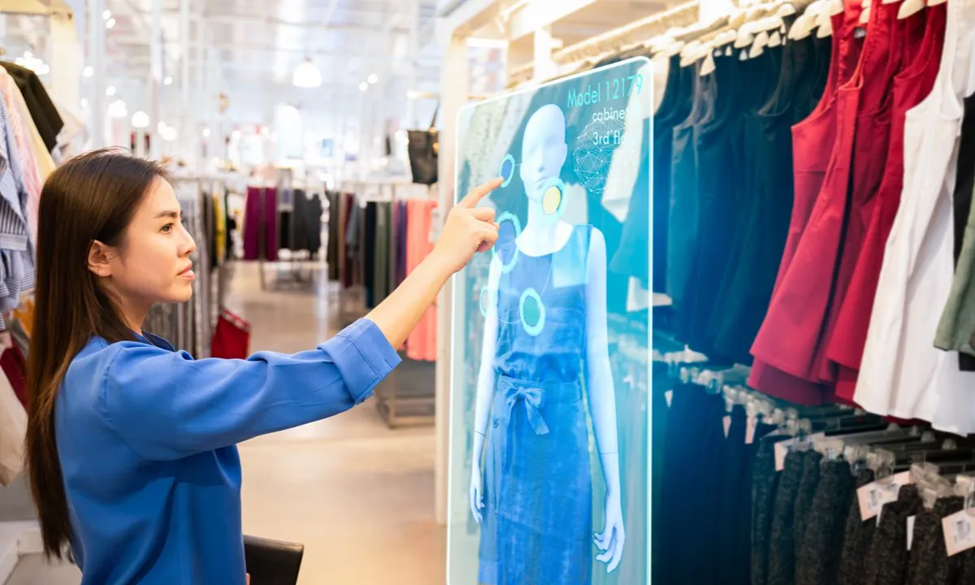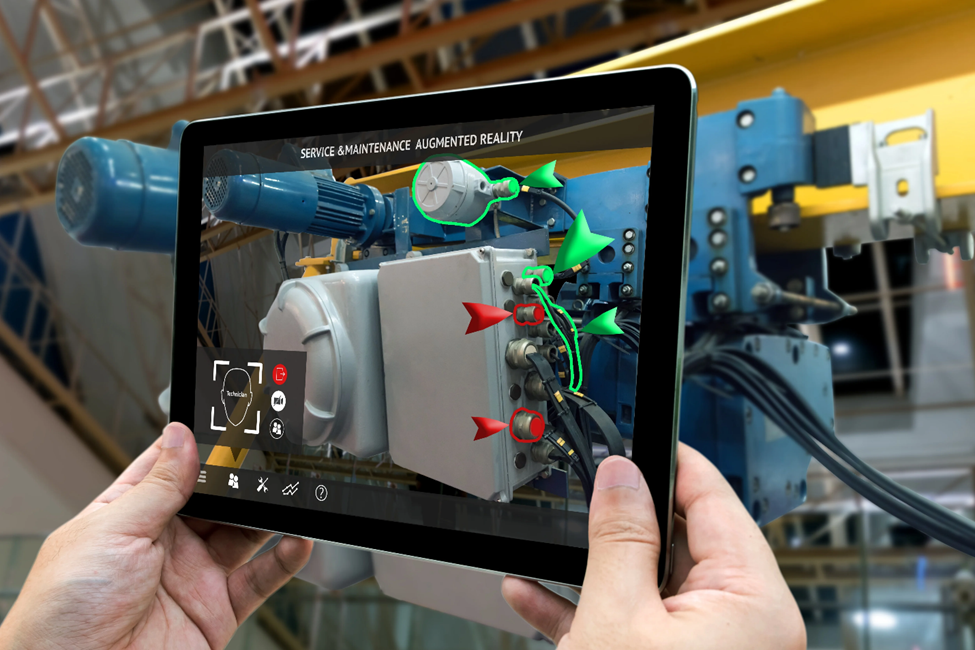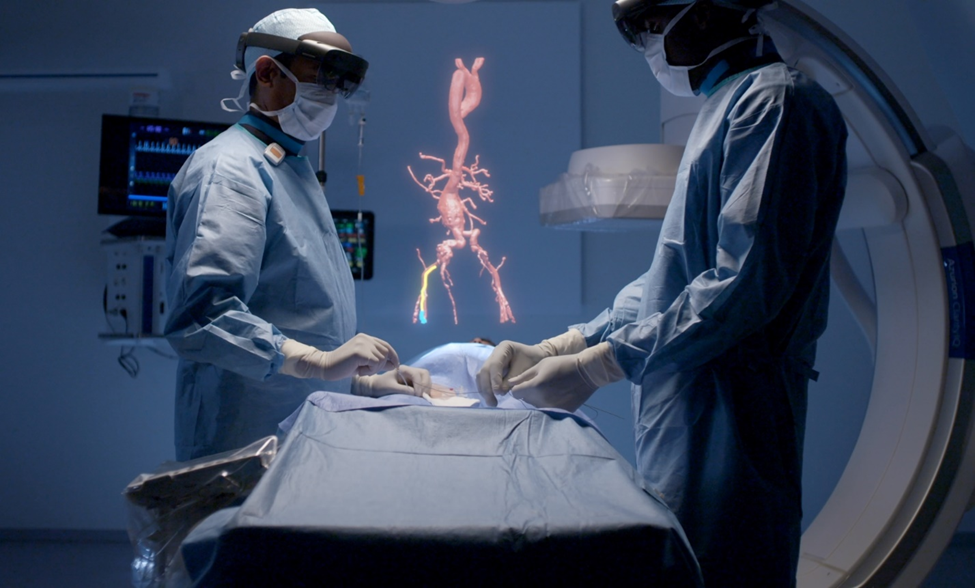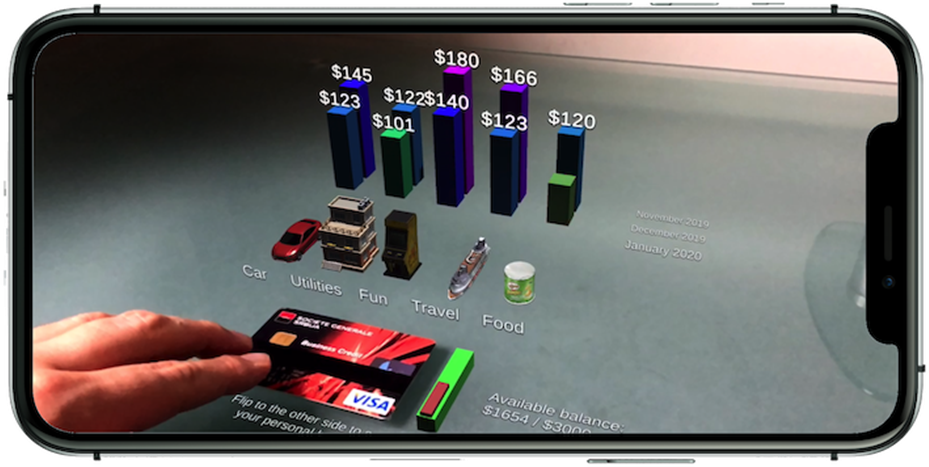AR Services
AR FOR RETAILERS
Assessment and Strategy: Begin by understanding the retailer’s goals, target audience, and specific needs. Create a tailored AR strategy that aligns with their business objectives, such as enhancing the customer experience, increasing engagement, or driving sales.
AR Development: Utilize Tanishi’s expertise to develop custom AR applications or experiences tailored to the retailer’s products or services. This could include virtual try-on features for clothing or accessories, interactive product demonstrations, or immersive in-store experiences.
Integration and Implementation: Support the retailer in integrating AR technology seamlessly into their existing systems or platforms. Offer guidance on hardware requirements, software compatibility, and user interface design to ensure a smooth implementation process.
Training and Support: Provide training sessions for the retailer’s staff on how to use and demonstrate AR features effectively. Offer ongoing technical support to troubleshoot any issues that may arise post-implementation.
Analytics and Optimization: Implement analytics tools within the AR applications to track user engagement, behavior, and preferences. Use this data to optimize the AR experiences continuously and provide actionable insights to the retailer for refining their strategies.
Marketing and Promotion:Collaborate on marketing campaigns to promote the AR-enhanced shopping experience. Showcase the innovative features to attract customers and drive foot traffic or online engagement.
By offering a comprehensive suite of services encompassing strategy, development, implementation, support, and optimization, Tanishi can empower the retailer to leverage augmented reality effectively, enhancing their offerings and setting them apart in the competitive retail landscape.

AR FOR MANUFACTURER
Process Enhancement: Conduct a thorough analysis of the manufacturer’s operations. Identify areas where AR could streamline processes, such as in assembly, quality control, maintenance, or training.
AR Prototyping and Design: Collaborate with the manufacturer to create AR prototypes or simulations that can aid in the design phase. This could involve virtual product testing, 3D modeling for prototypes, or visualizing complex manufacturing processes.
Training and Remote Assistance: Develop AR applications or tools for training purposes, allowing employees to learn complex tasks in a simulated environment. Implement remote assistance features to enable experts to guide workers in real-time, reducing downtime and errors.
Maintenance and Repairs: Create AR-guided maintenance applications that provide step-by-step instructions or overlays for equipment repairs. This can reduce reliance on manuals and expedite the troubleshooting process.
Supply Chain Optimization: Implement AR solutions that improve inventory management, logistics, and supply chain visibility. This could involve using AR for warehouse navigation, order picking, or tracking shipments in real-time.
Quality Control and Inspections: Utilize AR for enhanced quality control processes, enabling inspectors to overlay digital information onto physical products for thorough inspections, reducing errors and improving accuracy.
Data Visualization and Analytics: Develop AR dashboards or visualizations to present complex manufacturing data in a more accessible and actionable format, aiding decision-making processes.
Integration with IoT and Smart Devices: Integrate AR with existing Internet of Things (IoT) devices or smart machinery to create interconnected systems that enhance productivity and efficiency.
By offering a tailored approach that focuses on optimizing manufacturing processes, training, maintenance, supply chain, quality control, and leveraging cutting-edge technology, Tanishi can empower the manufacturer to adopt AR solutions that drive efficiency, reduce costs, and improve overall operations.

AR FOR HEALTH CARE
Medical Training and Education: Develop AR applications to simulate medical procedures, surgeries, or complex anatomy. This can aid in training medical students, professionals, and even patients to better understand medical concepts.
Patient Education and Rehabilitation: Create AR tools that help patients visualize their conditions, treatment processes, or rehabilitation exercises. This can improve patient understanding and compliance with treatment plans.
Surgical Planning and Assistance: Provide AR solutions that assist surgeons in planning surgeries by overlaying 3D models onto patient scans, improving precision and reducing risks during procedures.
Remote Consultations and Telemedicine: Develop AR-enabled telemedicine platforms that allow doctors to remotely examine patients by overlaying medical information or guiding patients through self-examinations.
Assisted Living and Elderly Care: Create AR applications that support elderly care by providing medication reminders, fall detection, or navigation assistance within care facilities.
Mental Health Support: Design AR-based therapeutic tools for mental health interventions, such as anxiety-reducing environments, exposure therapy simulations, or mindfulness applications.
Medical Device Training: Develop AR training modules for medical device operation and maintenance, improving healthcare staff proficiency and reducing errors.
Clinical Research and Data Visualization: Utilize AR for visualizing complex medical data, such as 3D representations of biological processes or interactive models for clinical research purposes.
Hospital Navigation and Wayfinding: Implement AR-powered navigation systems within healthcare facilities to guide patients, visitors, and staff to specific departments, rooms, or amenities.

AR FOR BANKING
Enhanced Customer Experience: Develop AR applications for in-branch or mobile devices that offer an immersive banking experience. This could include virtual tours of branches, interactive product showcases, or personalized financial advice overlays.
Financial Education and Training: Create AR tools for educational purposes, helping customers understand complex financial products, investment portfolios, or budgeting techniques through interactive visualizations.
Branch Navigation and Assistance: Implement AR-powered navigation within branches to guide customers to relevant services or resources. This can streamline the in-person banking experience and reduce wait times.
Investment Visualization: Develop AR applications that allow customers to visualize investment performance, portfolio diversification, and potential returns through interactive visual representations.
Security and Authentication: Utilize AR for secure authentication processes, such as facial or biometric recognition, enhancing security measures for accessing banking services or sensitive information.
Virtual Banking Advisors: Create virtual assistants powered by AR that can offer real-time assistance to customers, answering queries, providing account information, or guiding through transactions.
Marketing and Promotions: Use AR technology for marketing campaigns, allowing customers to interact with financial products or services in an engaging way, such as AR-enabled advertisements or promotions.
ATM and Self-Service Banking: Implement AR features on ATMs or self-service kiosks to guide users through transactions or provide additional information on services.
Data Visualization for Financial Insights: Develop AR tools for bankers to visualize complex financial data, trends, or analytics, aiding in decision-making processes and client consultations.

